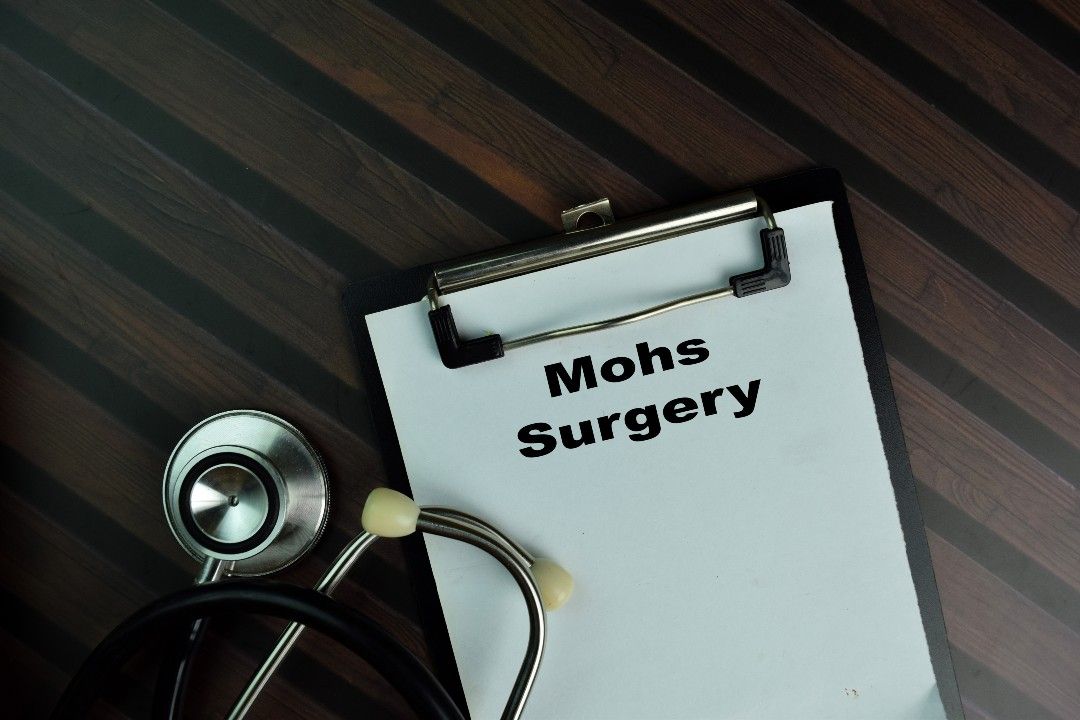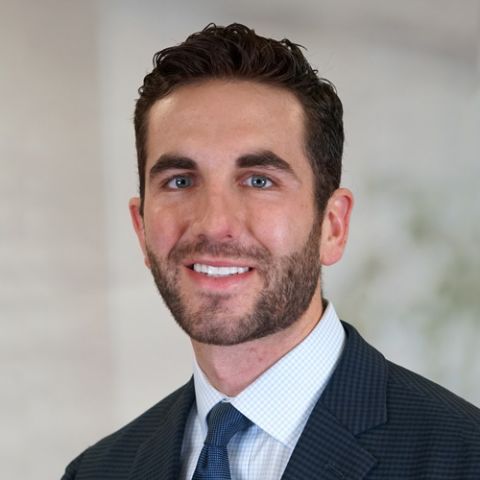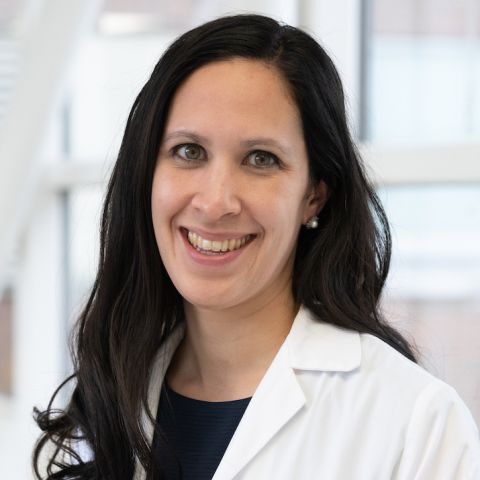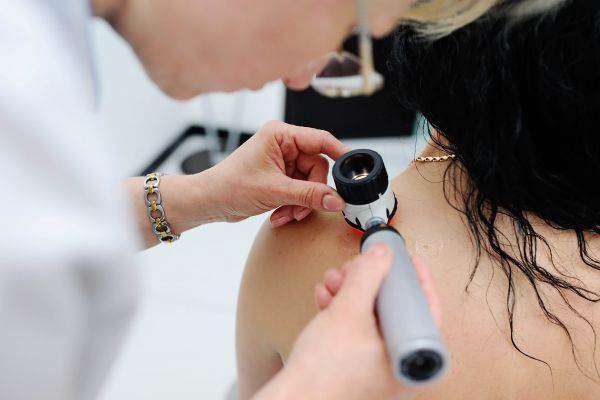People with skin cancer on their face, head, neck, hands feet or genitalia might be good candidates for Mohs surgery. It’s different from standard surgery for skin cancer, and it’s important that it be performed by a surgeon specially trained in the procedure, following the pre-described steps to ensure the best outcomes.
With standard surgery, “you cut out the cancerous area and the patient goes home. The specimen will be sent off to a pathologist, and the pathologist will check the margins of the sample to see if the edges are clear and free of cancerous cells,” explains Kimberly Brady, MD, of the Department of Dermatology at Roswell Park Comprehensive Cancer Center. “The pathologist can take only a representative sample through what’s called ‘bread loafing’ — taking a few pieces and looking at whether the edges are cancer-free. If they are, they can be confident the tumor was removed.”
That process takes time and can involve multiple visits back to the hospital or doctor’s office to make sure the cancer cells have been eliminated. It also increases the risk that residual cancer cells could remain, leading to recurrences later.
Mohs surgery offers a more efficient and advanced approach that makes it less likely that the cancer will return, because surgeons will make small excisions on the same day until they are satisfied that the cancer has been removed. At the same time, it preserves more healthy tissue, resulting in a better appearance and ensuring the best function in the area of the surgery.
Is my doctor certified to perform Mohs surgery?
It’s important that Mohs surgery be performed by a fellowship-trained Mohs surgeon — someone who completed a one- or two-year fellowship at the American College of Mohs Surgery to refine their skill with the technique. Both Dr. Brady and her colleague, Michael Bax, MD, are fellowship-trained Mohs surgeons.
“Some people will do Mohs surgery even if they haven’t completed a fellowship,” Dr. Brady says. “They’ve done a dermatology residency and had experience in the procedure at the time, or they joined a group to get more experience, so they feel they can do Mohs surgery because they’re a board-certified dermatologist. Dr. Bax and I have had an extra year of training for this. We’re both board-certified dermatologists and fellowship-trained Mohs surgeons.”
How does Mohs surgery work?
In Mohs surgery, the tumor is removed and examined under a microscope to determine whether all the cancerous cells have been removed. Mohs surgeons also serve as pathologists, reviewing the excised tissue under a microscope while the patient waits for their results. If more tissue needs to be removed, it can be done immediately, without the need to make a second appointment.
The samples collected during Mohs surgery represent the whole affected area and are therefore more precise than with other procedures. If cancer cells are found in the margins of the excision, the surgeon brings the patient back in for another excision. These extra steps are taken to achieve a successful outcome for the patient.
“With Mohs, we’re checking the margins as we go, so we’ll know right away if the margins are clear,” Dr. Brady says, “and we can complete the reconstruction before the patient goes home.”
Reconstruction can be done right after surgery
Reconstruction following the excision will depend on how large the tumor was and the location where it was removed. The easiest and, when possible, preferred reconstruction is a side-to-side stitching up of the wound, if the excision area is small enough.
“One of the goals is to preserve normal function in the area where the tumor is, and the appearance,” Dr. Brady says. “If you want to preserve symmetry and keep your nose looking like a nose or your ear looking like an ear, you may need to do a more involved and fancier reconstruction, which could involve doing a skin flap, which requires making extra incisions and sliding adjacent skin into place. Or you can do a skin graft, in which you borrow skin from another place in the body and put it over the wound like a badge. At Roswell Park, we have an entire team of plastic and reconstructive surgeons with expertise in this area who are a part of our team.
“We do a lot of head and neck tumors, and some bigger tumors on the body, because those are areas where you want to preserve as much normal skin as possible. Making a smaller excision means you’re removing a smaller area of skin at a time.”
Why Roswell Park for skin cancer?
Learn more about what makes Roswell Park unique in treating skin cancer.
Learn MoreAm I a candidate for Mohs surgery?
Most Mohs surgeries are performed to treat head and neck cancer, but some skin cancer patients are candidates because the location of their tumor means there’s very little extra skin around the tumor site. A smaller excision means less skin is removed, and a less-intensive reconstructive procedure will be required.
A downloadable app for surgeons and patients alike can help determine whether the location of a tumor makes a person a good candidate for the surgery.
Key questions to ask your surgeon before you schedule your surgery:
- Are you board-certified in dermatology?
- Are you fellowship trained in Mohs surgery?
- How many Mohs surgeries have you performed?
- How do you measure your success and the quality of your outcomes?
- What are the key steps you take to make sure you get all of the cancer the first time?
- If I need reconstructive surgery, do you have someone who is a part of your team and has expertise in this area?




